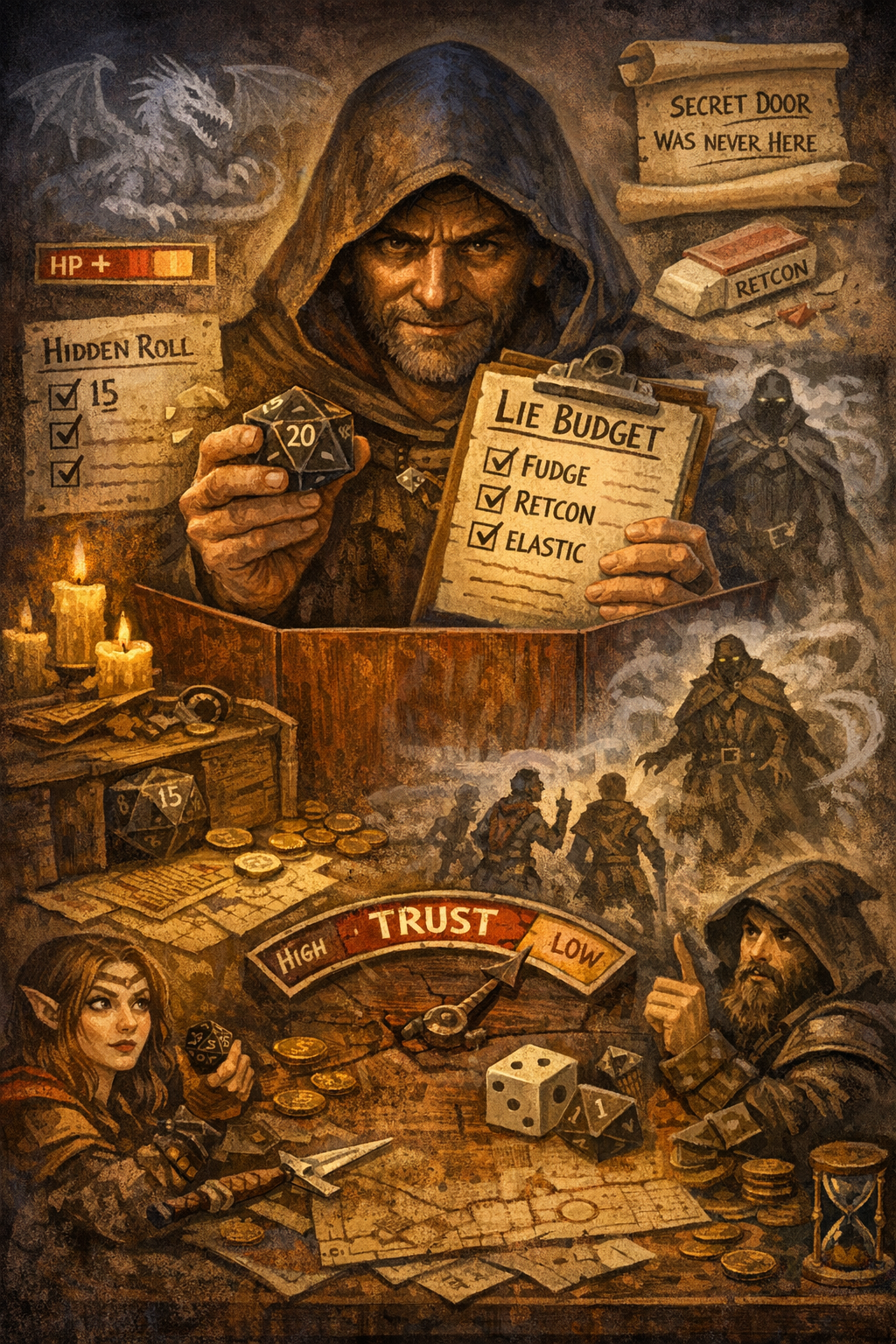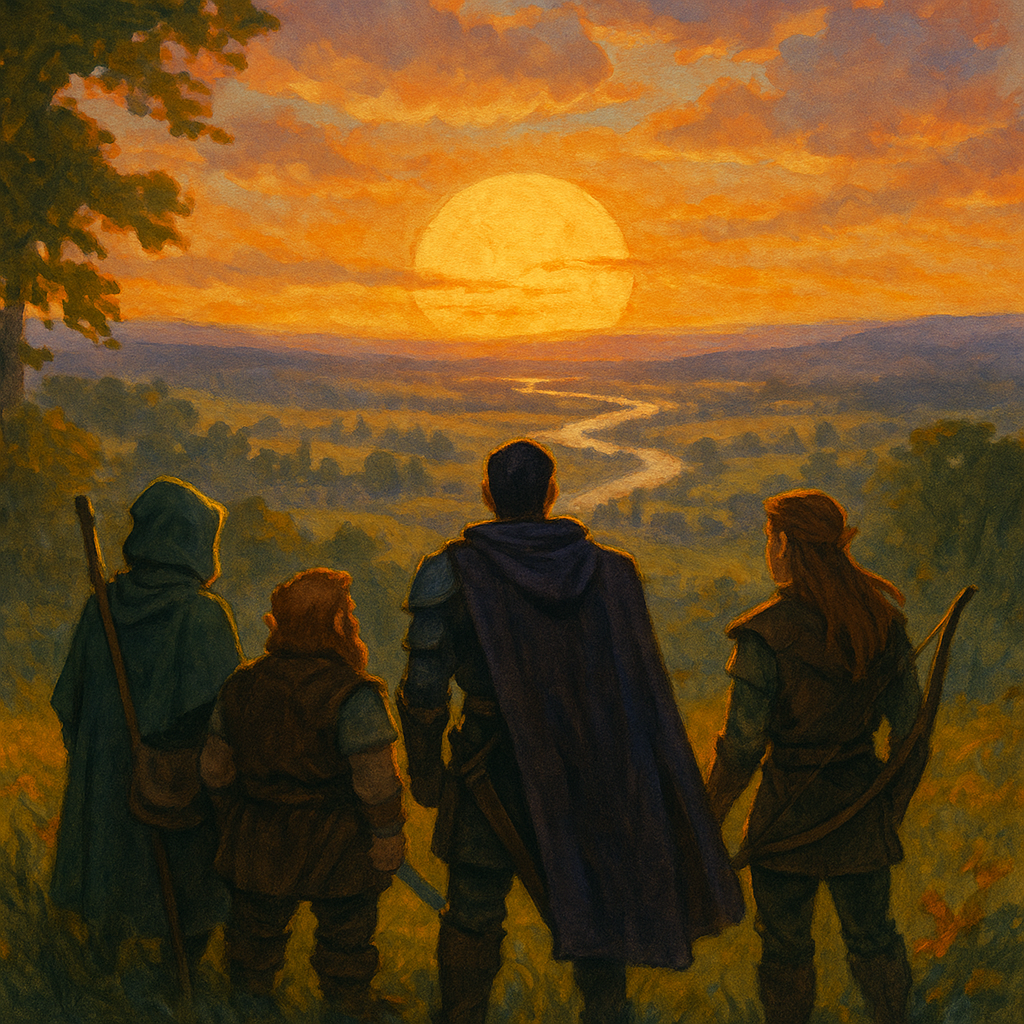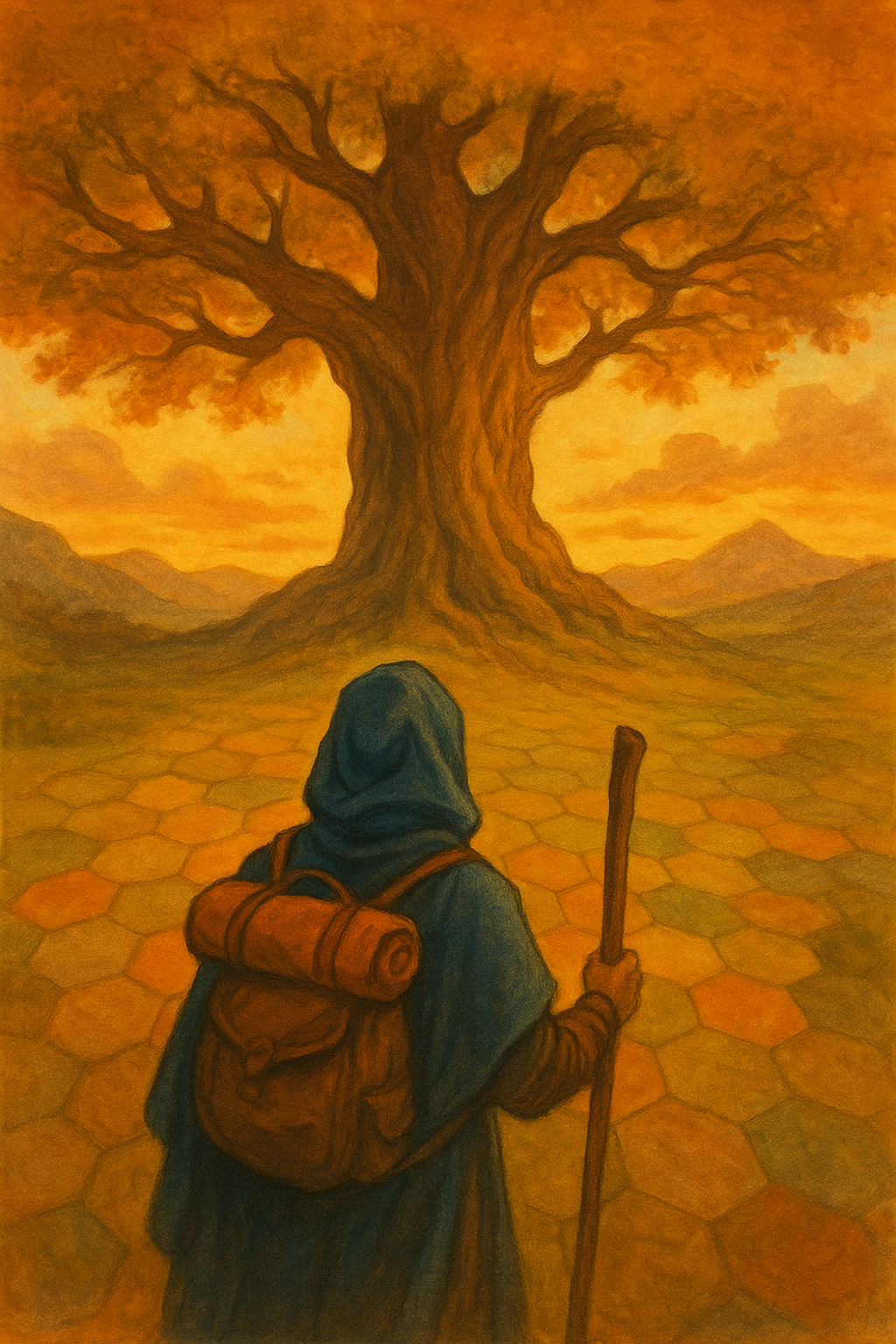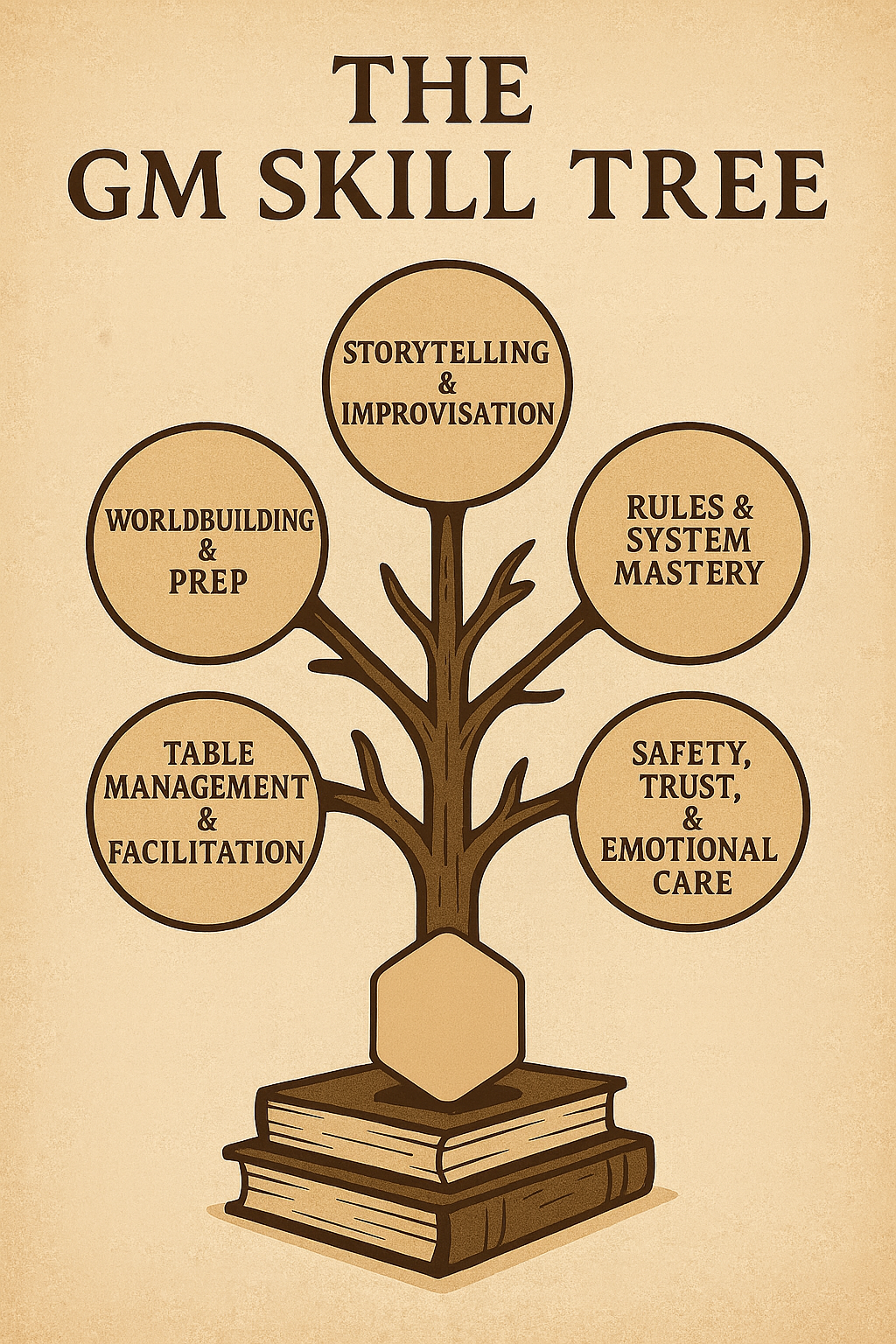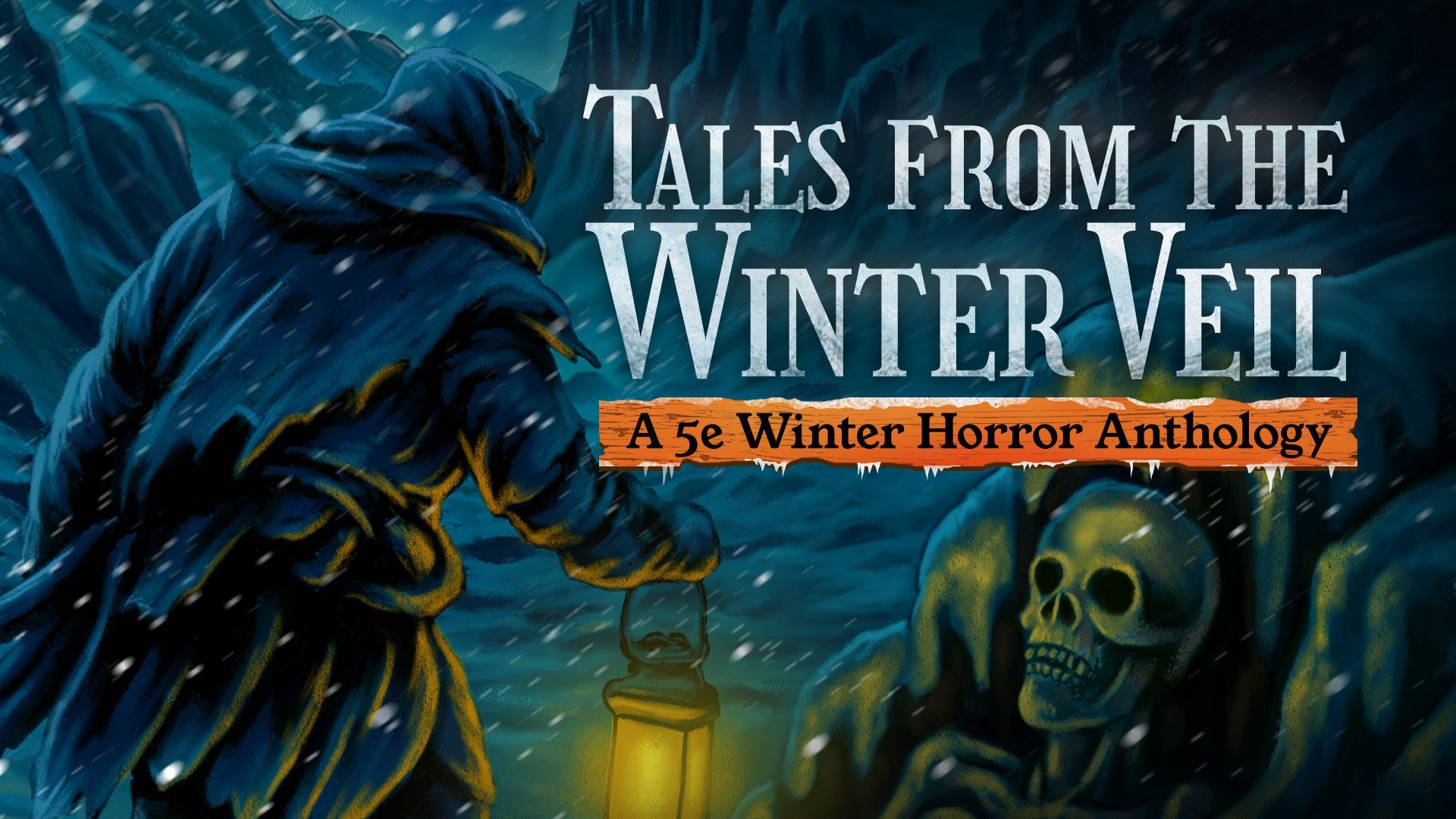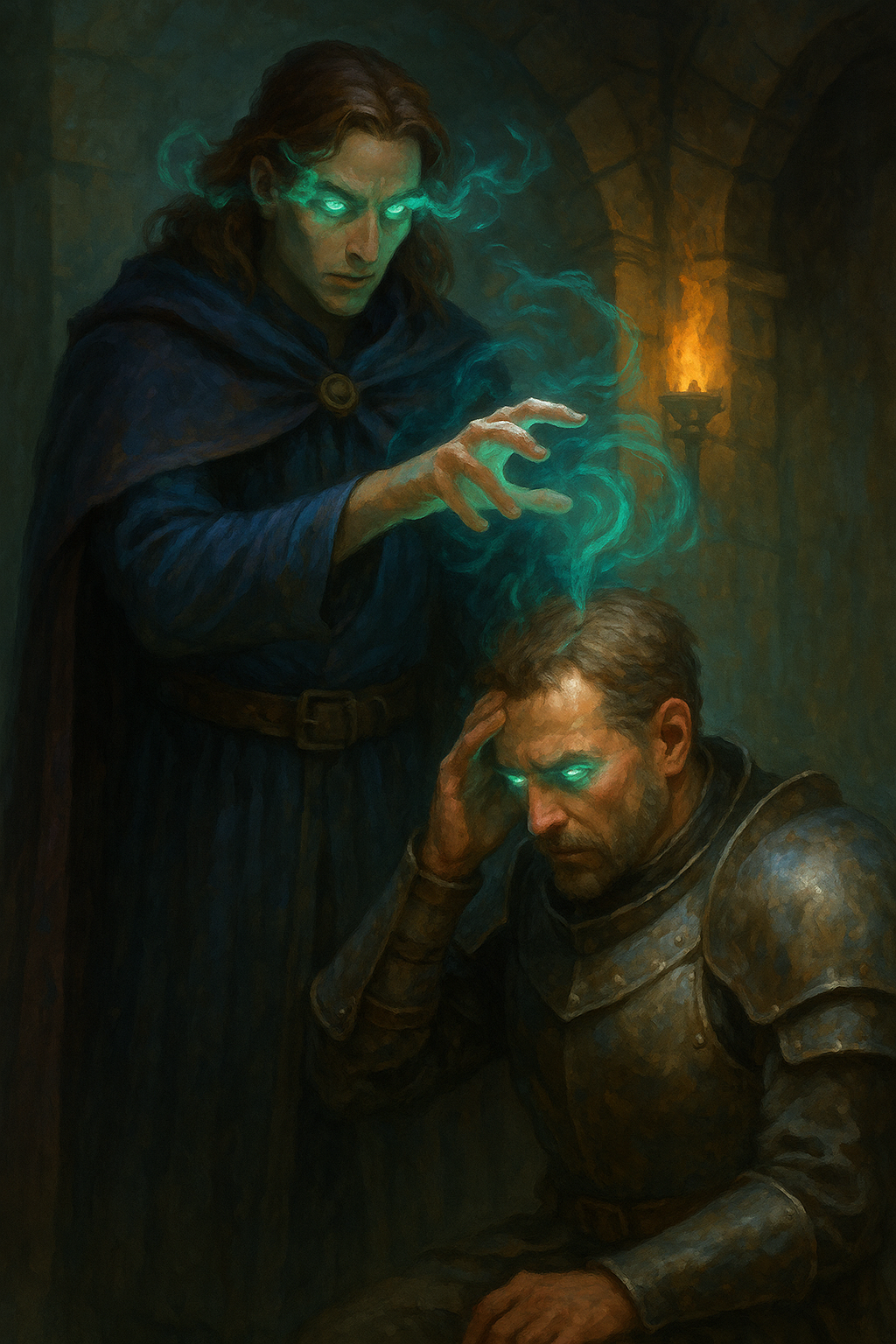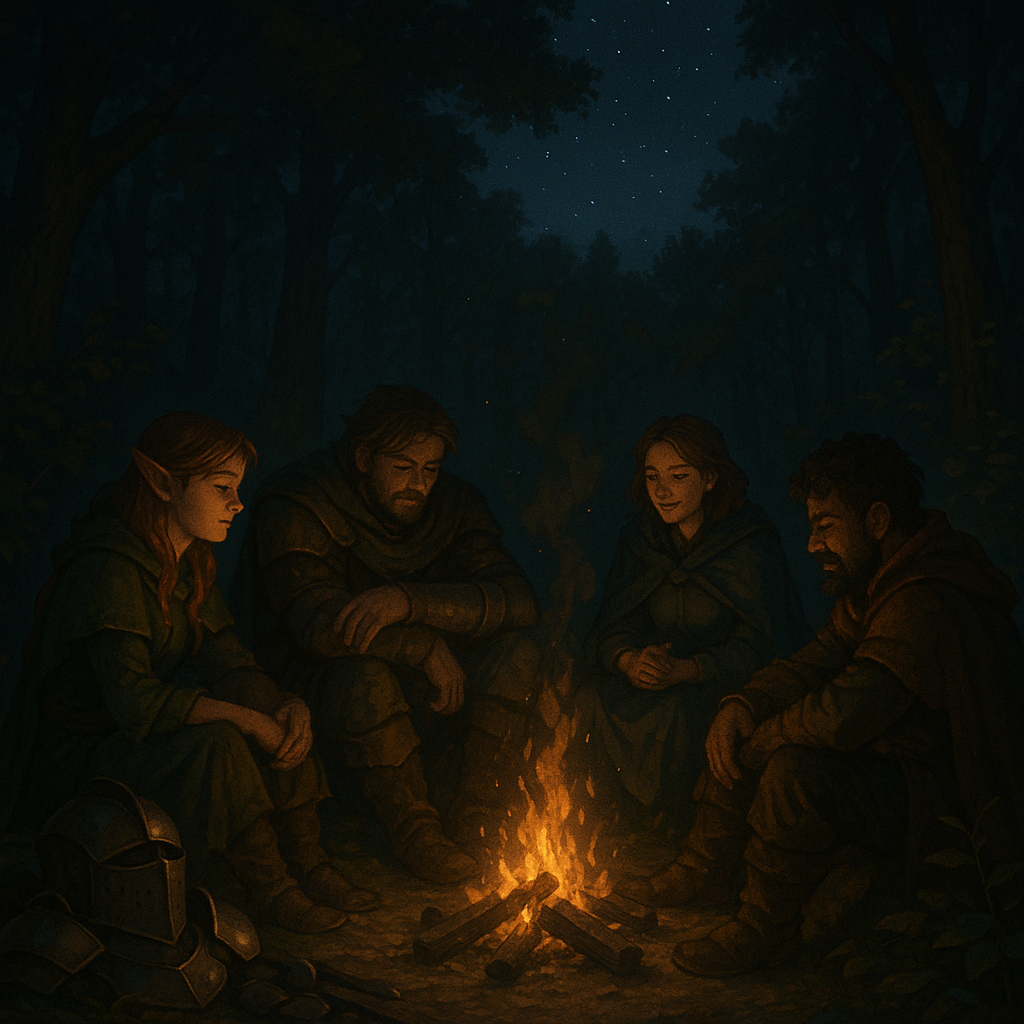Weather Effects: Using Environmental Conditions to Influence Gameplay

Dear Readers, welcome back to our Dungeons & Dragons (D&D) blog! Today, we’re exploring an often underutilized but incredibly impactful element of storytelling and gameplay: weather effects. Weather can transform a simple encounter into a challenging ordeal, set the mood for an entire session, and influence the decisions and strategies of players. By incorporating dynamic weather conditions into your campaign, you can create a more immersive and engaging experience. In this post, we’ll discuss the importance of weather in D&D, provide tips for integrating weather effects into your game, and offer examples of how different weather conditions can influence gameplay. So, let’s dive into the world of weather and discover how to harness its power in your D&D campaign.
The Importance of Weather in D&D
Weather plays a crucial role in shaping the world and can significantly impact the gameplay experience. Here are some reasons why weather is important in D&D:
1. Enhances Immersion
Weather can make your game world feel more alive and immersive. Describing the sights, sounds, and sensations of different weather conditions helps players visualize the environment and feel more connected to the setting.
Example: A torrential downpour makes travel difficult and uncomfortable, while the sound of raindrops hitting the roof creates a sense of urgency and tension.
2. Sets the Mood
Weather can set the mood and tone for a scene or an entire session. It can evoke specific emotions, such as fear, tension, or calm, and enhance the overall atmosphere of the game.
Example: A dense fog rolling in creates an eerie and mysterious atmosphere, perfect for a horror-themed session.
3. Influences Gameplay
Weather can influence gameplay by introducing new challenges and opportunities. It can affect visibility, movement, combat, and resource management, forcing players to adapt their strategies and decisions.
Example: A blizzard reduces visibility and makes it difficult to navigate, requiring players to rely on survival skills and teamwork to reach their destination.
4. Adds Realism
Incorporating weather effects adds realism to your game world. Weather is a natural and ever-changing part of the environment, and its presence makes the world feel more dynamic and believable.
Example: Describing the changing seasons and weather patterns as the players travel through different regions creates a sense of time and progression in the campaign.
Integrating Weather Effects into Your Campaign
Integrating weather effects into your campaign requires thoughtful planning and creativity. Here are some tips for effectively incorporating weather into your game:
1. Plan Ahead
Consider the weather when planning your sessions and encounters. Think about how different weather conditions can enhance the story, set the mood, and present new challenges for the players.
Example: If the players are embarking on a journey through a mountainous region, plan for a sudden snowstorm that forces them to find shelter and test their survival skills.
2. Use Weather to Reflect the Story
Use weather to reflect the story’s themes and emotions. The weather can mirror the mood of the characters, the tension of a situation, or the progression of a plot.
Example: A dark and stormy night could foreshadow an impending battle or a sinister revelation, while a bright and sunny day might signal a moment of respite and hope.
3. Vary the Weather
Vary the weather conditions to keep the game world dynamic and interesting. Incorporate different types of weather, such as rain, snow, fog, wind, and extreme temperatures, to create diverse experiences for the players.
Example: The players might encounter a rainstorm while traveling through a forest, a heatwave in a desert, and a blizzard in the mountains, each presenting unique challenges and opportunities.
4. Describe the Sensory Details
When describing weather, focus on the sensory details to create a vivid and immersive experience. Describe what the players see, hear, feel, and smell to bring the weather conditions to life.
Example: “The rain falls in heavy sheets, drumming on the roof of your shelter. The air is thick with the scent of wet earth, and you can feel the chill of the wind cutting through your cloaks.”
5. Consider Mechanical Effects
Consider the mechanical effects of weather on gameplay. Weather can impact movement, visibility, combat, and skill checks, adding an extra layer of complexity to encounters.
Example: A heavy rainstorm might impose disadvantage on Perception checks and ranged attack rolls, while a snowstorm could reduce movement speed and require Constitution saving throws to avoid exhaustion.
Examples of Weather Conditions and Their Impact on Gameplay
To help you integrate weather into your campaign, here are examples of different weather conditions and their potential impact on gameplay:
1. Rain
Description: Rain can range from a light drizzle to a torrential downpour. It can create a moody and atmospheric setting and present challenges related to visibility, movement, and comfort.
Impact on Gameplay:
a. Visibility:
- Heavy rain reduces visibility, making it difficult to spot threats or navigate the terrain. Players may need to rely on survival skills or magical light sources to find their way.
Example: During a heavy rainstorm, players must navigate a dense forest with reduced visibility, making Perception checks to spot hidden dangers more difficult.
b. Movement:
- Rain can make the ground slippery and muddy, slowing movement and increasing the risk of falls. Players may need to make Dexterity checks to maintain their footing.
Example: As the players traverse a muddy path during a rainstorm, they must make Dexterity saving throws to avoid slipping and falling prone.
c. Combat:
- Rain can affect combat by imposing disadvantage on ranged attacks and Perception checks to locate enemies. Melee combat may also be affected if the terrain is slippery.
Example: In a rain-soaked battlefield, archers have difficulty aiming their shots, and fighters struggle to maintain their footing on the slick ground.
2. Snow
Description: Snow can create a beautiful and serene landscape, but it also presents challenges related to cold, visibility, and movement. Snowstorms and blizzards can be particularly dangerous.
Impact on Gameplay:
a. Cold:
- Extreme cold can cause discomfort and pose a risk of hypothermia. Players may need to make Constitution saving throws to avoid exhaustion and seek shelter to stay warm.
Example: During a blizzard, players must make Constitution saving throws to resist the cold and find shelter to avoid suffering levels of exhaustion.
b. Visibility:
- Snowstorms and blizzards reduce visibility, making it difficult to see more than a few feet ahead. Players may need to use Survival checks to navigate and avoid getting lost.
Example: As the players travel through a blizzard, they must make Survival checks to navigate the whiteout conditions and avoid getting separated.
c. Movement:
- Deep snow can slow movement and make travel more exhausting. Players may need to make Strength checks to plow through the snow or find alternate routes.
Example: While traversing a snow-covered mountain pass, players must make Strength checks to move through the deep snow without becoming fatigued.
3. Fog
Description: Fog can create an eerie and mysterious atmosphere, obscuring the landscape and making it difficult to see. It can heighten tension and create opportunities for surprise encounters.
Impact on Gameplay:
a. Visibility:
- Fog greatly reduces visibility, making it difficult to see more than a few feet ahead. Players may need to rely on sound and other senses to navigate.
Example: As the players explore a fog-shrouded graveyard, they must make Perception checks to hear the approach of lurking undead.
b. Stealth:
- Fog can provide cover for stealthy movements, making it easier for players or enemies to move unnoticed. Stealth checks may be easier or more challenging, depending on the situation.
Example: Rogues and assassins can use the thick fog to their advantage, making Stealth checks to approach their targets unseen.
c. Combat:
- In foggy conditions, combatants may have difficulty locating their enemies and aiming their attacks. Melee combat is less affected than ranged combat.
Example: In a foggy forest, players and enemies struggle to find each other, leading to close-quarters combat where visibility is less of an issue.
4. Wind
Description: Wind can vary from a gentle breeze to a howling gale. Strong winds can create challenges related to movement, communication, and ranged combat.
Impact on Gameplay:
a. Movement:
- Strong winds can make movement difficult, especially for flying creatures. Players may need to make Strength or Dexterity checks to maintain their balance or avoid being blown off course.
Example: As players navigate a cliffside path during a strong windstorm, they must make Strength checks to avoid being blown off the edge.
b. Communication:
- High winds can make it difficult to hear and communicate. Players may need to shout or use magical means to convey information.
Example: In a howling gale, players struggle to hear each other’s instructions and must rely on visual signals or magic to communicate.
c. Ranged Combat:
- Strong winds can affect the accuracy of ranged attacks, imposing disadvantage on attack rolls with bows, crossbows, and thrown weapons.
Example: Archers and spellcasters face difficulty aiming their shots in a windstorm, resulting in disadvantage on ranged attack rolls.
5. Extreme Heat
Description: Extreme heat, such as in deserts or during heatwaves, can cause discomfort and pose risks related to dehydration, exhaustion, and sun exposure.
Impact on Gameplay:
a. Dehydration:
- Extreme heat increases the risk of dehydration. Players may need to make Constitution saving throws to avoid exhaustion and ensure they have enough water.
Example: While crossing a scorching desert, players must make Constitution saving throws to avoid dehydration and manage their water supplies carefully.
b. Exhaustion:
- Prolonged exposure to extreme heat can cause exhaustion. Players may need to seek shade and rest to avoid suffering levels of exhaustion.
Example: As players travel through a heatwave, they must find shaded areas to rest and recover from the intense heat to avoid exhaustion.
c. Sun Exposure:
- Sun exposure can cause sunburn and heatstroke. Players may need to use protective clothing or magical means to shield themselves from the sun.
Example: During a heatwave, players use cloaks and magical spells to protect themselves from the sun’s harsh rays and avoid heatstroke.
6. Thunderstorms
Description: Thunderstorms can create dramatic and intense conditions, with heavy rain, lightning, and thunder. They can affect visibility, movement, and combat.
Impact on Gameplay:
a. Visibility:
- Heavy rain and lightning flashes can affect visibility, making it difficult to see and navigate the terrain.
Example: During a thunderstorm, players must make Perception checks to spot enemies and navigate through the dark, rain-soaked landscape.
b. Movement:
- Muddy and slippery terrain can slow movement and increase the risk of falls. Players may need to make Dexterity checks to maintain their footing.
Example: As players travel through a thunderstorm, they must make Dexterity saving throws to avoid slipping on the muddy ground.
c. Combat:
- Lightning strikes and loud thunder can create dangerous and unpredictable combat conditions. Players may need to make Dexterity saving throws to avoid lightning, and loud thunder can impose disadvantage on Perception checks.
Example: In the midst of a thunderstorm, players face the added danger of lightning strikes and struggle to hear each other’s commands over the roaring thunder.
Incorporating Weather into Different Campaign Scenarios
Weather can enhance various types of campaign scenarios, from travel and exploration to combat and social interactions. Here are some examples of how to incorporate weather into different scenarios:
1. Travel and Exploration
Weather can significantly impact travel and exploration, presenting challenges and opportunities for players as they navigate the environment.
Example: The players are on a journey through a dense forest when a sudden rainstorm hits. The heavy rain makes the paths muddy and difficult to traverse, slowing their progress and forcing them to find shelter. As they wait out the storm, they encounter a group of forest-dwelling creatures seeking refuge from the rain, leading to unexpected interactions and potential alliances.
2. Combat Encounters
Weather can add complexity and tension to combat encounters, influencing tactics and strategies.
Example: The players are ambushed by bandits during a snowstorm. The heavy snow reduces visibility, making it difficult to spot the bandits’ movements. The players must adapt their tactics, relying on close-quarters combat and using the snow for cover. The cold also imposes additional challenges, with players needing to make Constitution saving throws to avoid exhaustion.
3. Social Interactions
Weather can set the mood and influence social interactions, affecting how NPCs and players interact with each other.
Example: The players arrive at a coastal village during a fierce storm. The villagers are on edge, worried about the safety of their fishing fleet. The players must navigate the tense atmosphere, offering their assistance to calm the villagers and gain their trust. The storm provides a dramatic backdrop for negotiations and role-playing opportunities.
4. Mysteries and Investigations
Weather can add layers of complexity to mysteries and investigations, affecting evidence and creating obstacles for players to overcome.
Example: The players are investigating a series of disappearances in a fog-shrouded town. The thick fog obscures their vision and muffles sounds, making it difficult to gather information and track suspects. The players must use their wits and resources to navigate the fog and uncover the truth behind the disappearances.
Practical Tips for Using Weather in Your Campaign
Here are some practical tips for effectively using weather in your D&D campaign:
1. Use Random Weather Tables
Create or use existing random weather tables to add unpredictability and variety to your game. These tables can help you generate weather conditions on the fly, keeping the environment dynamic and engaging.
Example: Roll on a random weather table at the start of each day to determine the weather conditions, adjusting the results based on the region and season.
2. Plan for Weather-Related Challenges
Anticipate how weather conditions will affect the players and plan for weather-related challenges that align with the story and setting.
Example: If the players are traveling through a desert, plan for a sandstorm that forces them to find shelter and navigate the shifting dunes.
3. Incorporate Weather into Descriptions
Use weather descriptions to set the scene and create atmosphere. Describe the sensory details of the weather to immerse players in the environment.
Example: “The sun sets behind dark clouds, casting an eerie orange glow over the landscape. The wind picks up, carrying the scent of rain and the distant rumble of thunder.”
4. Consider the Mechanical Effects
Think about how weather conditions will impact gameplay mechanics, such as movement, visibility, and combat. Use these effects to create interesting challenges and opportunities.
Example: During a storm, impose disadvantage on Perception checks and ranged attack rolls, and require Dexterity saving throws to avoid slipping on wet terrain.
5. Adapt to Player Actions
Be flexible and adapt the weather conditions based on the players’ actions and decisions. Use weather to enhance the narrative and create dynamic gameplay experiences.
Example: If the players decide to delay their journey to avoid a storm, describe how the storm passes and the landscape changes, creating new opportunities and challenges.
Conclusion
Incorporating weather effects into your D&D campaign can significantly enhance immersion, set the mood, and influence gameplay. By thoughtfully integrating dynamic weather conditions, you can create a more engaging and realistic game world that challenges and captivates your players.
Remember to plan ahead, use weather to reflect the story, vary the weather conditions, describe the sensory details, and consider the mechanical effects. Whether it’s a torrential downpour, a blizzard, or a heatwave, weather can transform your campaign and provide memorable experiences for your players.
Until next time, Dear Readers…















